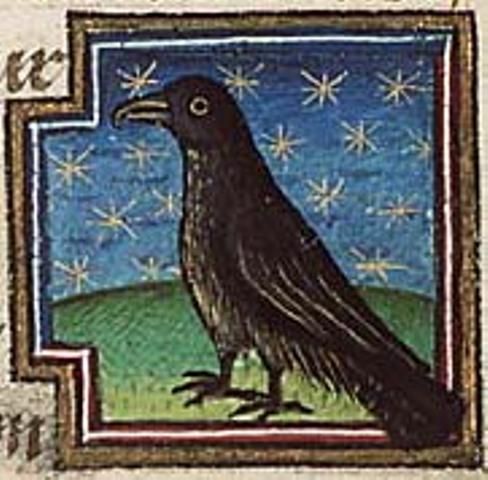















Q-Celtic
formerly "Goidelic"
A term designating those languages of the Celtic branch which include Irish, Scottish Gaelic, Manx, and the extinct Celtiberian of Spain. So-called because of their use of the "k" sound, while the so-called "P-Celtic" or Brythonic branch uses the letter "p":
Q-Celtic
|
P-Celtic
|
The letter "p" is lacking in the earliest Irish documents, existing only as a Latin borrow; otherwise, it has disappeared from the language, marking one of its breaks with the Italic branch. For instance, the Latin pater and English father in Irish is athair, while the Latin mater and English mother in Irish is mathair.
This early break, apparently, is one of the arguments for having a Q-Celtic invasion of the Isles prior to a P-Celtic invasion. Secondly, the Celtiberian language is apparently older than the P-Celtic language of Gaulish.
The P-Celtic languages served under a longer influence of the Italic branch, particularly when Gaul and Britain were colonized by Rome. However, interestingly enough, the letter "p" was then substituted where the Latin "q" would apply, such as in the Gaulis epos--compare with the Latin equus (horse).
Oddly enough, the other major difference between "Q-Celtic" and "P-Celtic" is the substitution of "f" and "g". In the Q branch, the letter "f" appears where in the P branch the letter "g" appears:
And so on.

Back to "Q" | Back to JCE
Home
Mary Jones © 2004